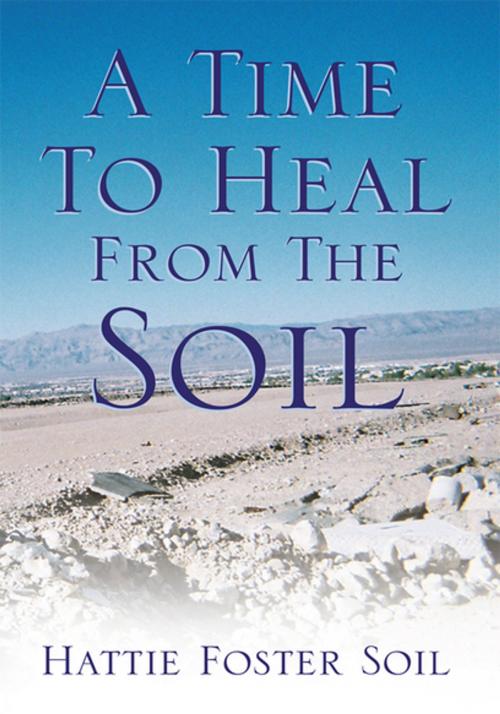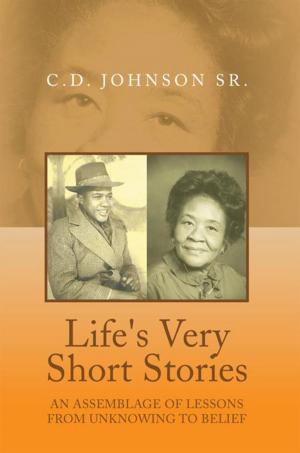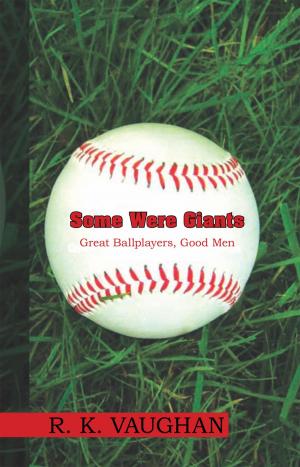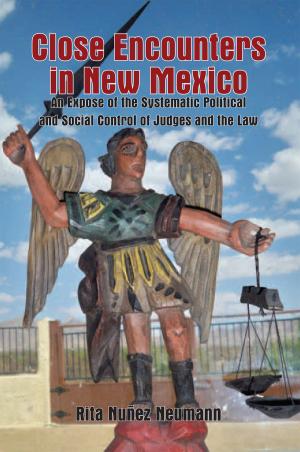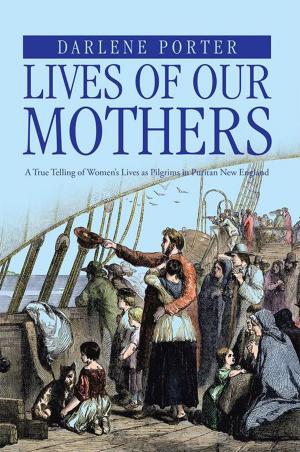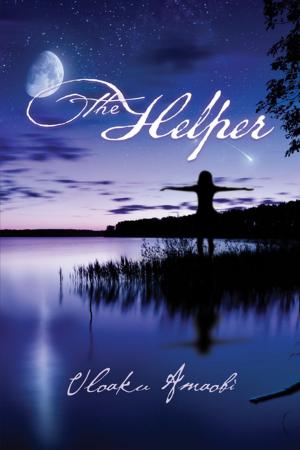| Author: | Hattie Foster Soil | ISBN: | 9781469120058 |
| Publisher: | Xlibris US | Publication: | January 21, 2009 |
| Imprint: | Xlibris US | Language: | English |
| Author: | Hattie Foster Soil |
| ISBN: | 9781469120058 |
| Publisher: | Xlibris US |
| Publication: | January 21, 2009 |
| Imprint: | Xlibris US |
| Language: | English |
I have been writing poems for the past seven years. After writing my first poem, I felt that I had created a masterpiece but realizing that I was enjoying the energy that flowed from me. I also felt that this is something I can actually do. After reading my first poem, I fell in love with the results and even got energetic about writing more. I can create beautiful words from a single thought and find that writing poetry came naturally for me so I decided to write about my family. I have done extensive researched and found great-great-great grandparents who were born as Africans and found themselves as properties in America in the late 1700s. They were kidnapped from their homes in Africa where life was easy and very promising, and captured by other Africans for money and sold to Americans slave traders. Before they were kidnapped, they had heard of people being sold into slavery to Americans and vowed to keep their guards up. One day, they were kidnapped and transported to America in the belly of a slave ship. They feared this unknown country, America, in which they will soon live. The conditions on the ship were horrendous, many victims of slavery committed suicide by jumping overboard as their mental state reflected their physical conditions. They had very little to eat and were kept chained because of the slave traders fear the slaves could cause injury to themselves or to others, thus hindering themselves to depreciate in value. Once arriving in America, they were immediately put on the slave blocks for all to view as these new slaves were auctioned to the highest bidder. They did not understand the new language and were unable to practice their own cultures and lifestyles. They were forced to live by the rules or the majority culture that benefited from free labor from the backs of my ancestors. They worked in fields, gathering cotton, beans, soybean and other miscellaneous items to get ready for selling or bartering at the nearby markets. Even among slaves, there was a certain social structure when it came to colors. There was a discriminated between lighter (mulattoes) and darker skinned Africans. The lighter skinned slaves worked inside the plantation (the big house) performing duties as cooks, caregivers, housekeepers and whatever the owners desired. Whereas, the darker skin slaves were forced to work in direct inclement weather, sometimes from zero to over 100 degrees. Most of the tasks they performed were field workers, animal trainers, carpenters, architects and land developers. Regardless of where they worked, the slaves were treated worse than the family pets. The owners of the slaves were often called master, boss, Mr. or Miss. This etiquette produced specific ways in which the plantation was operated. If things were not done properly, the owners would punish the slaves as if they were caged animals, this would be severe beatings or even kill them. While decades and centuries passed, it was known that the education system was not designed for Africans and the new dark Americans. Up until the 19th century, the slaves relied solely on self-education for their own intuitions and ideas. They had many remedies for medicine. Their menu consisted of eating parts of the swine that was considered spoils to the owners. In the 1800s, a small fraction of African Americans learned to read and write, it was considered a crime if they were taught these skills. Most slaves pretended to be dumb to protect themselves and their families. Now, I love reading those short stories and eloquent words about their lives and situations. I also enjoyed the writings of many African American authors of the 1930 and the 1940s, especially those who wrote about slavery, something I can relate to them, my ancestors. The broken English and dialog is especially dear to me because this language I have heard all of my life. Writers such as; W.E.B. Dubose, Arma Bontemps, Paul Lawrence Dunbar and La
I have been writing poems for the past seven years. After writing my first poem, I felt that I had created a masterpiece but realizing that I was enjoying the energy that flowed from me. I also felt that this is something I can actually do. After reading my first poem, I fell in love with the results and even got energetic about writing more. I can create beautiful words from a single thought and find that writing poetry came naturally for me so I decided to write about my family. I have done extensive researched and found great-great-great grandparents who were born as Africans and found themselves as properties in America in the late 1700s. They were kidnapped from their homes in Africa where life was easy and very promising, and captured by other Africans for money and sold to Americans slave traders. Before they were kidnapped, they had heard of people being sold into slavery to Americans and vowed to keep their guards up. One day, they were kidnapped and transported to America in the belly of a slave ship. They feared this unknown country, America, in which they will soon live. The conditions on the ship were horrendous, many victims of slavery committed suicide by jumping overboard as their mental state reflected their physical conditions. They had very little to eat and were kept chained because of the slave traders fear the slaves could cause injury to themselves or to others, thus hindering themselves to depreciate in value. Once arriving in America, they were immediately put on the slave blocks for all to view as these new slaves were auctioned to the highest bidder. They did not understand the new language and were unable to practice their own cultures and lifestyles. They were forced to live by the rules or the majority culture that benefited from free labor from the backs of my ancestors. They worked in fields, gathering cotton, beans, soybean and other miscellaneous items to get ready for selling or bartering at the nearby markets. Even among slaves, there was a certain social structure when it came to colors. There was a discriminated between lighter (mulattoes) and darker skinned Africans. The lighter skinned slaves worked inside the plantation (the big house) performing duties as cooks, caregivers, housekeepers and whatever the owners desired. Whereas, the darker skin slaves were forced to work in direct inclement weather, sometimes from zero to over 100 degrees. Most of the tasks they performed were field workers, animal trainers, carpenters, architects and land developers. Regardless of where they worked, the slaves were treated worse than the family pets. The owners of the slaves were often called master, boss, Mr. or Miss. This etiquette produced specific ways in which the plantation was operated. If things were not done properly, the owners would punish the slaves as if they were caged animals, this would be severe beatings or even kill them. While decades and centuries passed, it was known that the education system was not designed for Africans and the new dark Americans. Up until the 19th century, the slaves relied solely on self-education for their own intuitions and ideas. They had many remedies for medicine. Their menu consisted of eating parts of the swine that was considered spoils to the owners. In the 1800s, a small fraction of African Americans learned to read and write, it was considered a crime if they were taught these skills. Most slaves pretended to be dumb to protect themselves and their families. Now, I love reading those short stories and eloquent words about their lives and situations. I also enjoyed the writings of many African American authors of the 1930 and the 1940s, especially those who wrote about slavery, something I can relate to them, my ancestors. The broken English and dialog is especially dear to me because this language I have heard all of my life. Writers such as; W.E.B. Dubose, Arma Bontemps, Paul Lawrence Dunbar and La
